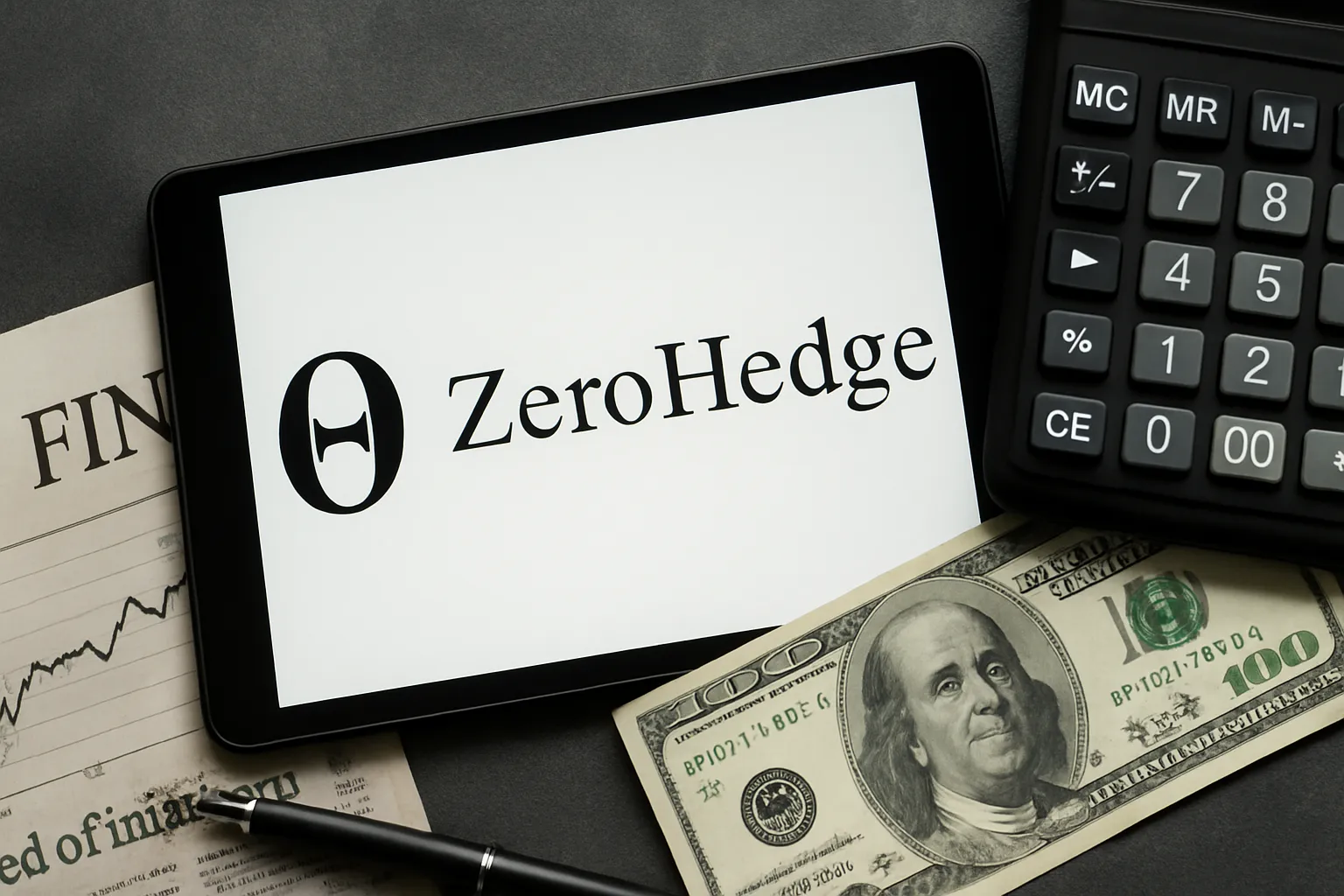The Nature of a Roast
45 good roasts that hurt Humor has always been a tool for connection, but roasts take it a step further by sharpening wit into playful attacks. A roast is not about random insults—it is about clever, biting remarks that leave a sting while still carrying humor. The art of roasting thrives on balance: it should hurt just enough to make someone laugh at themselves, but not so deeply that it causes real harm. The phrase 45 good roasts that hurt emphasizes how effective words can be when they are strung together in a way that makes the audience both cringe and laugh.
Roasting has been around for centuries, from jesters who teased kings to modern-day comedians who target celebrities and friends alike. The sting of a roast lies in its accuracy—when the truth is exaggerated or phrased in a way that cuts to the core. That is what makes the burn last.
Why Roasts Leave a Lasting Impact
Unlike ordinary jokes, roasts hit a personal nerve. They are tailored toward someone’s quirks, flaws, or habits, making them feel more targeted and memorable 45 good roasts that hurt A roast does not need to be cruel to be effective, but it does need to carry a grain of truth. When someone hears a roast about themselves, the impact lingers because it reflects how others may actually perceive them.
The memorable sting of a good roast also comes from timing and delivery. A simple observation can become a savage burn if delivered in the right moment, with confidence and a sharp tone. That is why roast sessions, whether among friends or celebrities on a stage, become iconic—they blend comedy with honesty in a way that cuts deep but entertains everyone.
The Humor Behind the Pain
The phrase 45 good roasts that hurt contradictory, but humor often exists in tension. A roast hurts because it shines a spotlight on flaws, but the humor comes from exaggeration and creative phrasing. If someone is called out for always being late, the roast might compare their arrival time to a calendar rather than a clock. That exaggeration transforms frustration into comedy.
Savage burns that “hit different” do so because they strike a universal chord. Even if you are not the target, you recognize the truth behind the words. This shared recognition is what makes the audience laugh while the target blushes. Humor in roasting is therefore communal—it brings people together by allowing them to laugh at exaggerated flaws.
The Psychology of Roasting
Why do people enjoy hearing or delivering roasts? Part of it lies in social bonding. Friends roast one another to show closeness; the ability to laugh at each other’s flaws strengthens relationships. On a larger stage, comedians roast public figures as a way of cutting through fame and pretense, making celebrities feel more human.
Psychologists often argue that humor is a defense mechanism. Roasts provide a safe way to express criticism or highlight flaws without hostility. The pain of the words is softened by the context of comedy. This makes roasting a unique form of humor—it is simultaneously sharp and safe, painful yet funny.
The Balance Between Wit and Cruelty
Not all roasts are good. Some cross the line into cruelty, where the humor disappears and only insult remains. A good roast must carry cleverness; it should sting, but also make the audience admire the creativity behind it. For example, comparing someone’s fashion sense to a misplaced thrift store might hurt, but the humor softens the blow because the imagery is funny.
The best savage burns are often those that everyone, including the target, can laugh at. When the line is crossed, however, the roast loses its charm and becomes uncomfortable. The balance is delicate, and those who master it can turn any moment into comedic gold.
Cultural Roots of Roasting
Roasting has roots in many cultures. Ancient plays often used satire to mock leaders, while in medieval courts jesters teased nobles with sharp humor. In modern American culture, roast battles and televised events like celebrity roasts popularized the art form, making it mainstream entertainment.
Across cultures, roasting remains a form of truth-telling disguised as comedy. It gives people permission to say what they might otherwise hold back. This is why some of the best burns feel brutally honest—because they often express thoughts people already had but never voiced aloud.
Why Savage Burns Stick in Memory
The phrase “savage burns that hit different” captures the uniqueness of certain roasts. Some burns are forgotten quickly, but the clever ones live on for years. This is because they blend truth, timing, and originality. A simple insult fades away, but a roast that compares someone’s bad dancing to a malfunctioning robot is more likely to stick because it paints a vivid picture.
Memorable burns also reflect creativity. People admire not just the sting but the wit it took to craft such a line. That admiration ensures the burn is repeated, quoted, and remembered long after it was delivered.
The Social Role of Roasting Among Friends
In personal circles, roasting is often a sign of comfort and closeness. Friends tease each other because they know the line between humor and hurt. These moments create laughter that strengthens bonds. A group of friends might spend an evening throwing playful burns at each other, enjoying the shared energy of humor mixed with truth.
What makes these roasts special is that the sting is softened by trust. Friends understand that beneath the laughter lies affection. That is why many people cherish roast sessions with their closest companions—it is a way of saying, “I know you well enough to make fun of you, and I trust you to laugh with me.”
The Performance of a Roast
Beyond casual friendships, roasting has also become performance art. Comedy clubs, TV specials, and online videos highlight roast battles where participants trade savage burns in front of an audience. The energy of the crowd amplifies the impact, turning a sharp remark into a cultural moment.
These performances emphasize how roasting is not just about what is said but how it is delivered. Facial expressions, tone, and timing all matter. A roast delivered flatly may feel cruel, while one delivered with energy and a smirk feels playful. This performance element is what makes professional roasts so engaging to watch.
When Roasts Cross the Line
Despite their entertainment value, roasts carry risk. The line between playful banter and harmful insult is thin. When a roast digs into sensitive topics such as trauma, appearance, or deeply personal struggles, it may cause pain rather than laughter.
This is why skilled roasters avoid certain subjects and instead focus on universal flaws or humorous exaggerations. The goal is to roast without alienating, to sting without causing scars. A good roast should always leave the target laughing, not feeling attacked.
The Enduring Appeal of Savage Humor
Why do people keep coming back to hear or deliver savage burns 45 good roasts that hurt The answer lies in the mixture of honesty and creativity. Roasts allow people to acknowledge flaws while also laughing at them, turning vulnerability into entertainment.
Savage humor has a cathartic effect. It reminds people not to take themselves too seriously and shows that flaws can be sources of laughter rather than shame. The sting of the burn makes the humor memorable, while the exaggeration makes it safe.
Conclusion: The Power of Words That Burn
The art of roasting is proof of how powerful words can be. A simple phrase, delivered at the right time, can cause laughter that echoes long after the moment has passed. The phrase 45 good roasts that hurt savage burns that hit different” captures the essence of this humor—sharp, witty, and unforgettable.
Roasts thrive on balance: they should sting enough to be felt but not so much that they wound. When done well, they create laughter that bonds people, reveal truths with humor, and showcase the brilliance of clever wordplay. The burns that hit different are the ones that walk this line perfectly, leaving everyone laughing—even the one who got roasted



One thought on “45 Good Roasts That Hurt: Savage Burns That Hit Different”
Comments are closed.